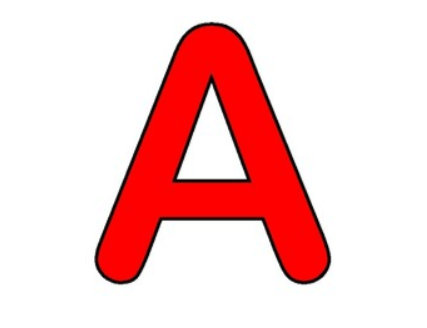Printable:Cbm5o63_Tn0= Letter a

The significance of teaching the Printable:Cbm5o63_Tn0= Letter a in early literacy cannot be overstated, as it serves as a foundational element in a child’s language development. Printable resources, such as worksheets and interactive activities, are essential tools for educators aiming to enhance phonetic awareness and letter recognition. These materials not only engage young learners but also foster an environment conducive to creativity and exploration. However, the effectiveness of these resources hinges on how they are implemented. What strategies can be employed to maximize their impact in the classroom?
Importance of Learning the Letter ‘a’
Recognizing the significance of the letter ‘a’ is fundamental in early literacy development.
Mastery of this letter enhances phonics games, fostering a playful yet effective approach to learning.
Letter recognition forms the cornerstone of reading proficiency, allowing children to unlock the world of written language.
Engaging Activities for Kids
Building on the foundational skills acquired through mastering the letter ‘a’, engaging activities can significantly enhance children’s learning experiences.
Incorporating alphabet crafts allows children to explore creativity while reinforcing letter recognition. Phonics games provide interactive opportunities for practicing sounds associated with ‘a’, fostering a love for language.
Together, these activities nurture young minds, making learning both enjoyable and effective, promoting freedom of expression.
Printable Resources Overview
When it comes to enhancing early literacy skills, printable resources offer a treasure trove of opportunities for educators and parents alike.
These materials facilitate letter recognition and phonetic awareness, paving the way for confident readers. Engaging worksheets, flashcards, and games not only captivate young learners but also empower them to explore language freely, fostering a lifelong love for reading and learning.
Read Also Printable:6ey8lke_Tfq= Number 2
Tips for Effective Teaching
Effective teaching hinges on the art of engagement, where educators become facilitators of discovery rather than mere conveyors of information.
Embrace differentiated instruction to cater to diverse learning styles, allowing each student to thrive uniquely.
Utilize formative assessment to gauge understanding and adapt strategies in real-time, creating an environment that fosters independence and creativity.
Empower learners to explore, question, and grow freely.
Conclusion
In summation, the journey of mastering the Printable:Cbm5o63_Tn0= Letter a serves as the first stepping stone in the vast landscape of literacy. Engaging activities and thoughtfully designed printable resources illuminate this path, nurturing a child’s innate curiosity and fostering phonetic awareness. By weaving creativity into learning, educators cultivate a garden where young minds thrive, blossoming into confident readers. Such foundational experiences not only enrich language acquisition but also ignite a lifelong passion for exploration within the world of words.




